Many everyday traditions we enjoy across America have vibrant origins in Black culture that often go unrecognized. From the music we dance to at weddings to the slang we use in daily conversation, African American contributions have shaped our shared cultural landscape in profound ways. These traditions reflect centuries of resilience, creativity, and community-building that deserve proper acknowledgment and appreciation.
1. The Cookout
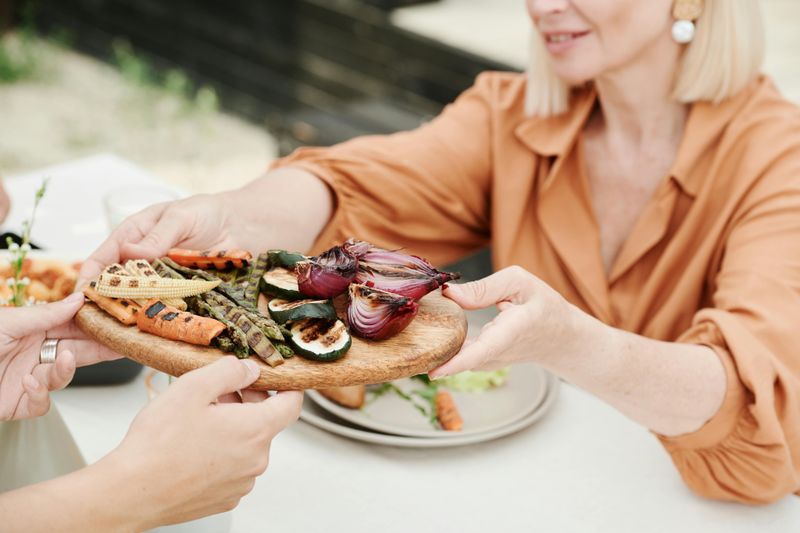
Smoke rises from the grill while aunties arrange potato salad on folding tables and uncles debate barbecue techniques—welcome to the Black cookout. Far more than casual eating, these gatherings emerged during Reconstruction as safe spaces for fellowship when other venues were closed to Black Americans.
The soul-nourishing combination of food, music, games, and storytelling created community strongholds. Secret barbecue techniques, passed through generations, eventually influenced American barbecue culture nationwide. Today’s cookout traditions—from the sacred potato salad recipes to the unspoken rules of who mans the grill—carry this rich legacy forward.
2. Call-and-Response

The magnetic rhythm of a preacher calling out and the congregation answering back echoes through time to ancient African villages. This dynamic communication style traveled across oceans during the brutal Middle Passage, becoming a lifeline of cultural preservation.
Today, you’ll spot call-and-response everywhere—teachers checking student understanding with “If you hear me, clap once,” musicians engaging concert crowds, and sports fans chanting in unison. What began as a way to pass down stories and strengthen community bonds now pulses through American culture, connecting us through participatory communication.
3. Line Dancing
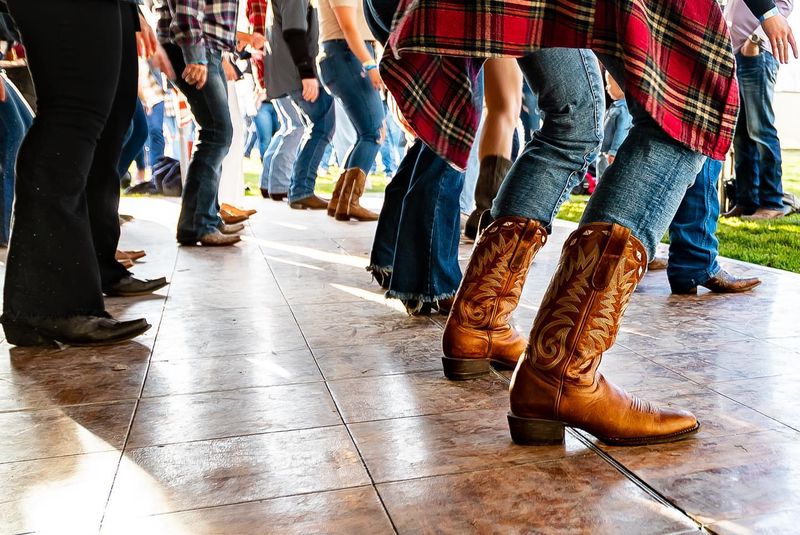
The Electric Slide isn’t just a wedding reception staple—it’s a cultural phenomenon born from Black social gatherings of the 1970s. Created by choreographer Ric Silver, this dance and others like the Cupid Shuffle and Cha Cha Slide emerged from joyful Black spaces where community movement created shared experiences.
At family reunions, birthday parties, and celebrations, these synchronized moves brought people together regardless of dance ability. The structured yet accessible nature of these dances made them perfect for crossing cultural boundaries, eventually becoming fixtures at celebrations of all kinds across America.
4. Hair Braiding

Those intricate cornrows adorning celebrities and fashion runways? They’re not just stylish—they’re ancient art forms with deep cultural significance. In pre-colonial Africa, braided styles indicated tribal identity, marital status, age, and religious beliefs.
During enslavement, women ingeniously used braids to map escape routes or hide seeds for sustenance. The tradition continued as both practical protection for delicate hair and a powerful expression of heritage. Modern box braids, Bantu knots, and twists aren’t merely fashion statements—they’re living connections to ancestral knowledge and identity, representing both beauty and resistance in a world that often devalued Black features.
5. Slang and Vernacular (AAVE)

“That party was lit!” When you hear phrases like this, you’re experiencing the linguistic creativity of African American Vernacular English (AAVE). This distinct language pattern developed through centuries of community-building under oppression, blending African language structures with English vocabulary.
Terms now mainstream—”cool,” “hip,” “woke,” “shade”—originated in Black communities before being adopted by wider culture. AAVE consistently drives American linguistic innovation, from jazz-era jive to hip-hop wordplay to internet culture. Its rhythmic speech patterns, distinctive grammar rules, and expressive vocabulary represent not “improper English” but a sophisticated, rule-governed language system reflecting cultural resilience and creative genius.
6. Step Dancing
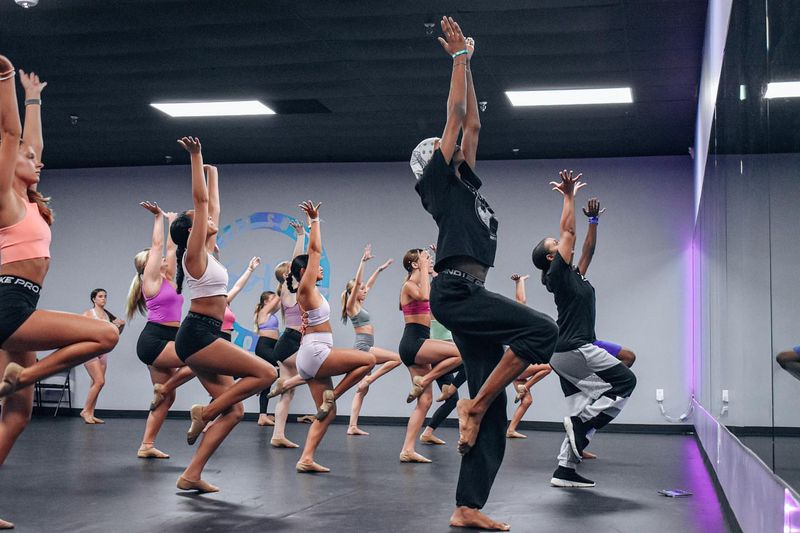
The thunderous precision of bodies becoming percussion instruments—stomping, clapping, and slapping in perfect unison—exemplifies the power of stepping. This electrifying performance art evolved within historically Black fraternities and sororities as a modern expression of ancient African traditions.
Rooted in South African gumboot dancing (created by miners communicating under oppressive conditions) and military drill routines, stepping became a cornerstone of Black Greek life. Each organization developed signature moves, creating friendly competition that showcased discipline and brotherhood/sisterhood. Beyond campus, stepping appears in films, competitions, and community programs, preserving its cultural significance while exciting new audiences with its dynamic energy.
7. Sunday Best
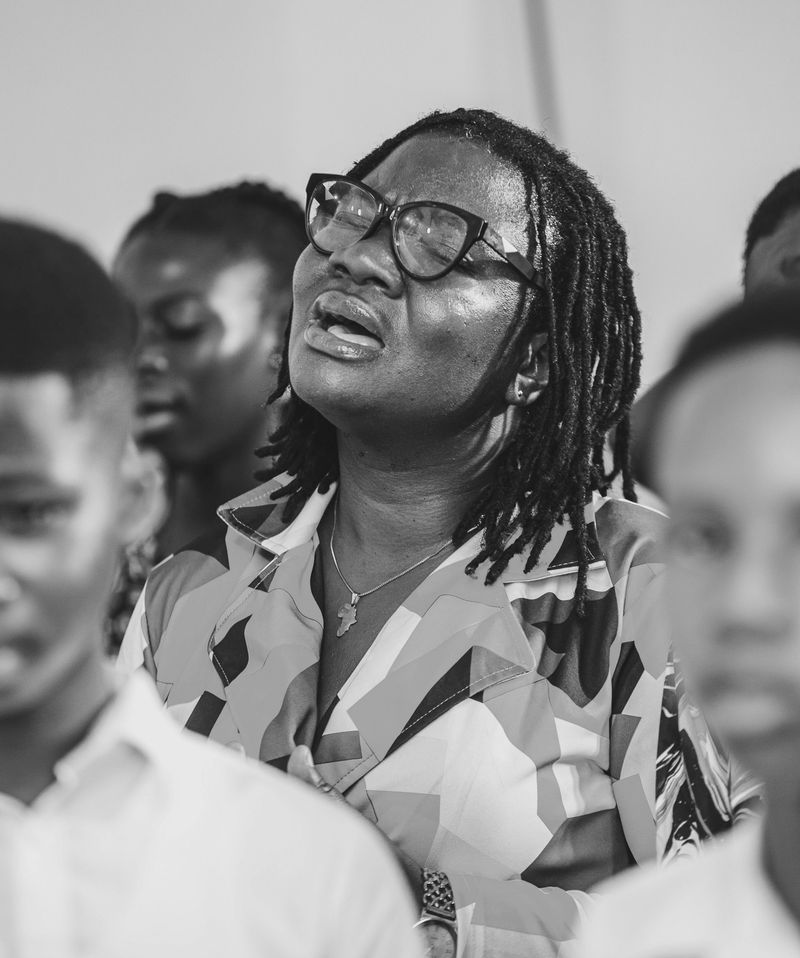
Those magnificent wide-brimmed church hats and impeccably tailored suits represent far more than fashion—they’re silent testimonies of dignity. During enslavement and segregation, Sunday church provided the rare opportunity for Black Americans to dress magnificently, reclaiming humanity in a society that denied it.
Women’s elaborate hats (often handmade) and men’s crisp suits became visual resistance against dehumanization. The tradition of “Sunday best” transformed church into both spiritual sanctuary and fashion runway. This sartorial excellence continues today in many Black churches, where dressing up isn’t vanity but heritage—honoring ancestors who found power in presentation when other freedoms were denied.
8. Spirituals and Gospel Music

“Wade in the Water” and “Swing Low, Sweet Chariot” carried double meanings—spiritual salvation and literal escape instructions for those fleeing enslavement. These powerful songs merged African musical traditions with Christian themes, creating a uniquely American sound born from profound suffering and unshakable hope.
The call-and-response patterns, blue notes, and polyrhythms of spirituals flowed directly into gospel music, which later influenced virtually every American musical genre. Blues, jazz, R&B, rock, and country all trace their DNA to these soul-stirring expressions. When you hear Aretha Franklin or Whitney Houston’s soaring vocals, you’re experiencing the direct lineage of this musical tradition that transformed American sound.
9. Juneteenth Celebrations
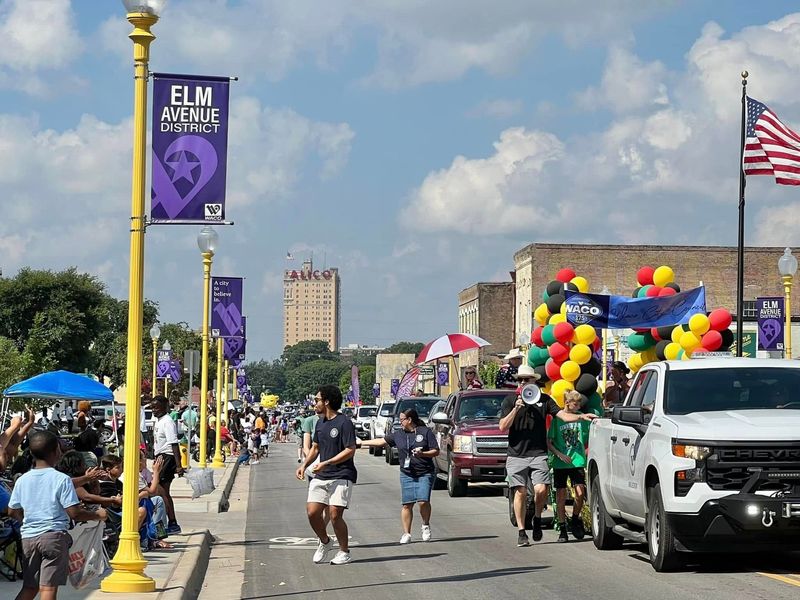
Red foods like strawberry soda and watermelon symbolize the bloodshed and resilience of formerly enslaved people during traditional Juneteenth celebrations. Dating back to 1865, this commemoration began when enslaved Texans finally learned of their freedom—two and a half years after the Emancipation Proclamation.
Long before becoming a federal holiday in 2021, Black communities honored this day with parades, storytelling, and feasting. These celebrations preserved history when textbooks remained silent. The day typically includes reading the Emancipation Proclamation, honoring elders, and enjoying freedom-themed activities. This “Black Independence Day” represents both the painful delay of justice and the enduring pursuit of true freedom.
10. Storytelling Through Rhythm and Rhyme
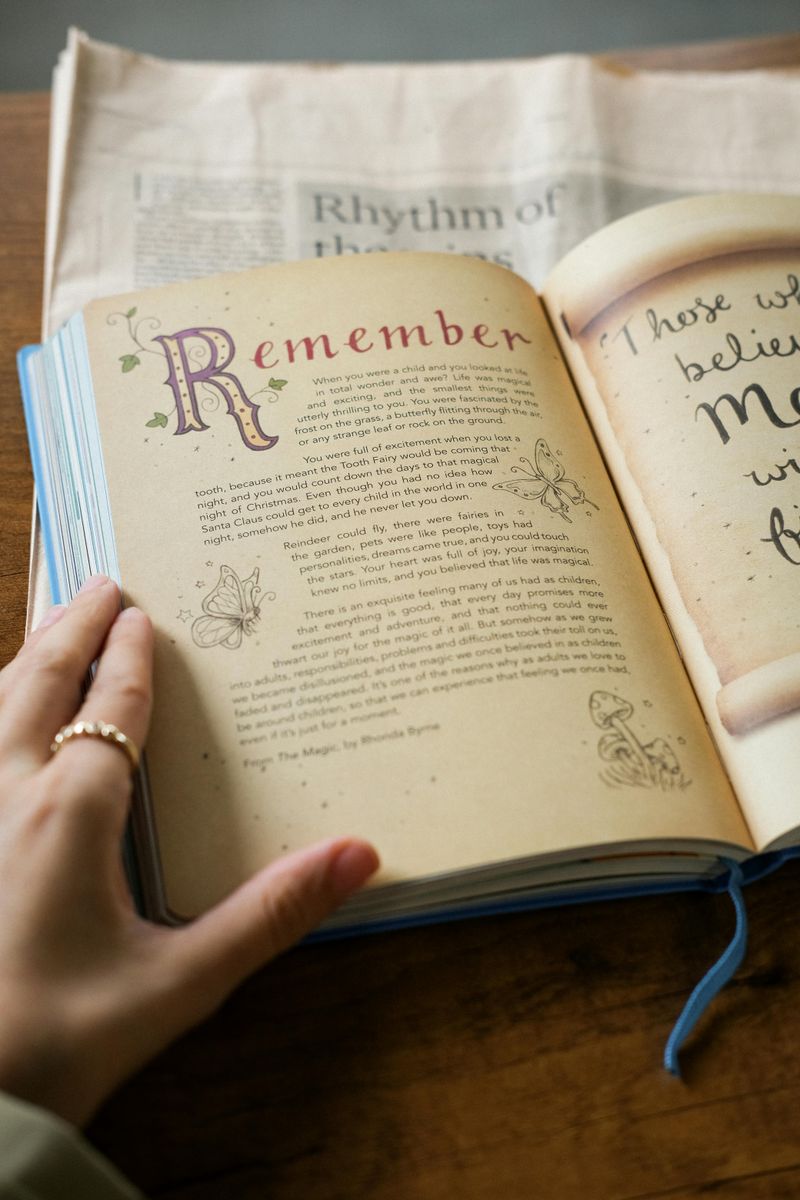
The griot tradition of West Africa—where oral historians preserved centuries of knowledge through rhythmic storytelling—never died; it transformed. During enslavement, when reading was forbidden, stories encoded in rhythm and rhyme preserved cultural memory and created community.
This tradition evolved through spirituals, blues, and eventually into rap and hip-hop. The clever wordplay, metaphors, and social commentary in today’s rap continue this ancient practice of documenting lived experiences through performance. Even children’s hand-clapping games like “Miss Mary Mack” carry this legacy, teaching rhythm and rhyme schemes while entertaining. This unbroken storytelling tradition connects contemporary artists to ancient knowledge-keepers across centuries.
11. Naming Traditions

Names like LaKeisha, DeAndre, and Shaniqua aren’t random—they represent a powerful reclamation of identity. During enslavement, Africans were stripped of birth names and assigned new ones, severing cultural connections. The distinctive naming patterns that emerged post-emancipation reflect determined efforts to restore cultural autonomy.
The creative prefixes (La-, De-, Ja-) and unique spellings draw from African linguistic traditions emphasizing meaning and musicality. Some names blend family names, honor respected figures, or create entirely new identities. Far from “made up,” these naming conventions represent linguistic innovation and cultural preservation. Each distinctive name carries the weight of ancestors who could not name their own children and celebrates the freedom to define one’s own identity.
12. Kitchen Table Wisdom
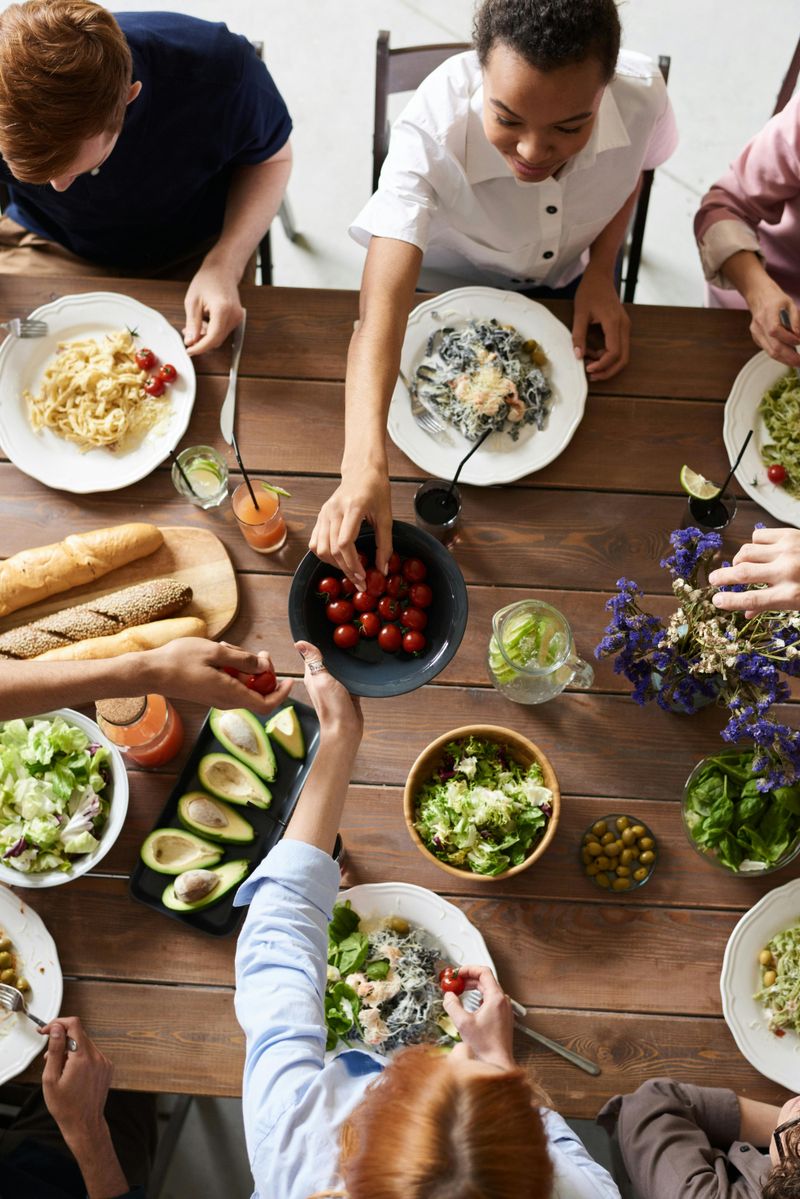
The worn wooden table where grandmothers shell peas and dispense life advice isn’t just furniture—it’s an institution. In Black households, kitchen tables have long served as unofficial classrooms where children learn everything from practical skills to survival strategies for navigating a challenging world.
These tables witnessed important discussions about civil rights, community news, and family decisions. The tradition of “table talk” preserved family histories when formal records excluded Black experiences. Around these tables, children absorbed proverbs, recipes, and unwritten rules through observation and participation. This intergenerational knowledge transfer continues today, making kitchen tables sacred spaces where wisdom flows alongside coffee and cornbread.

Comments
Loading…